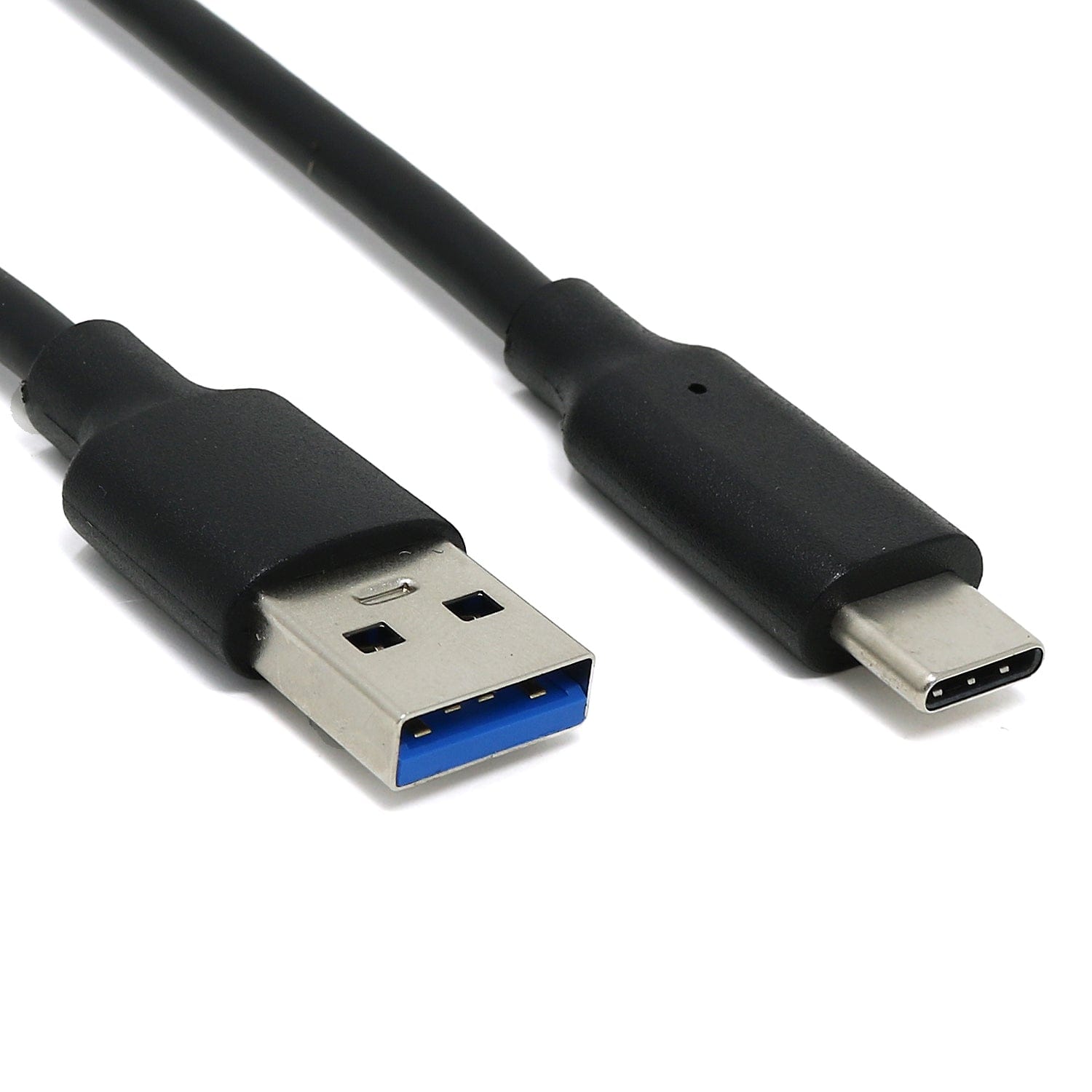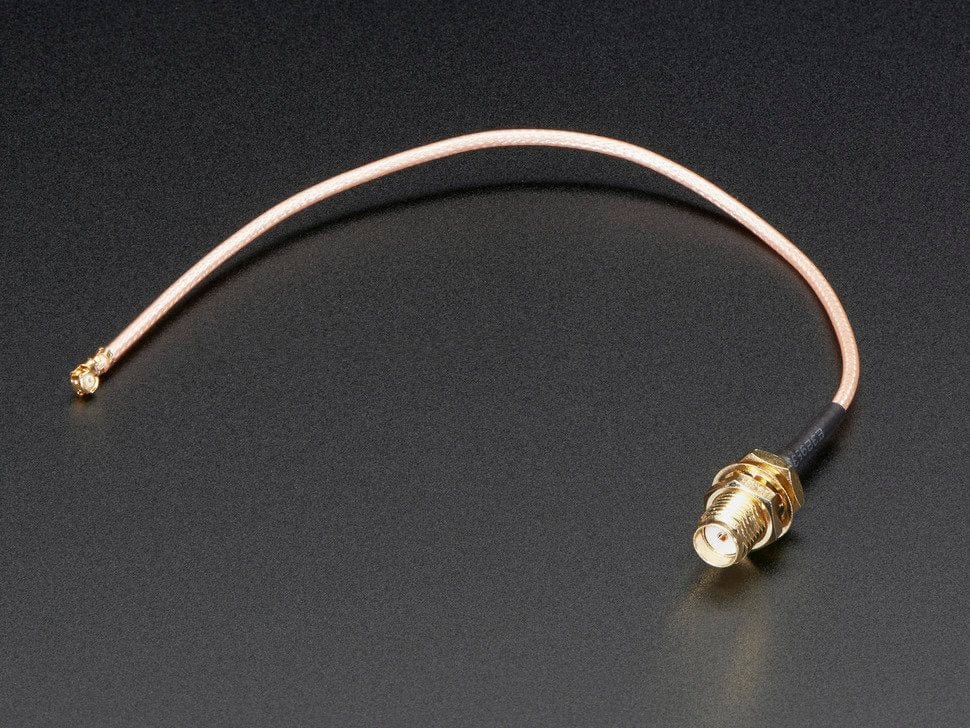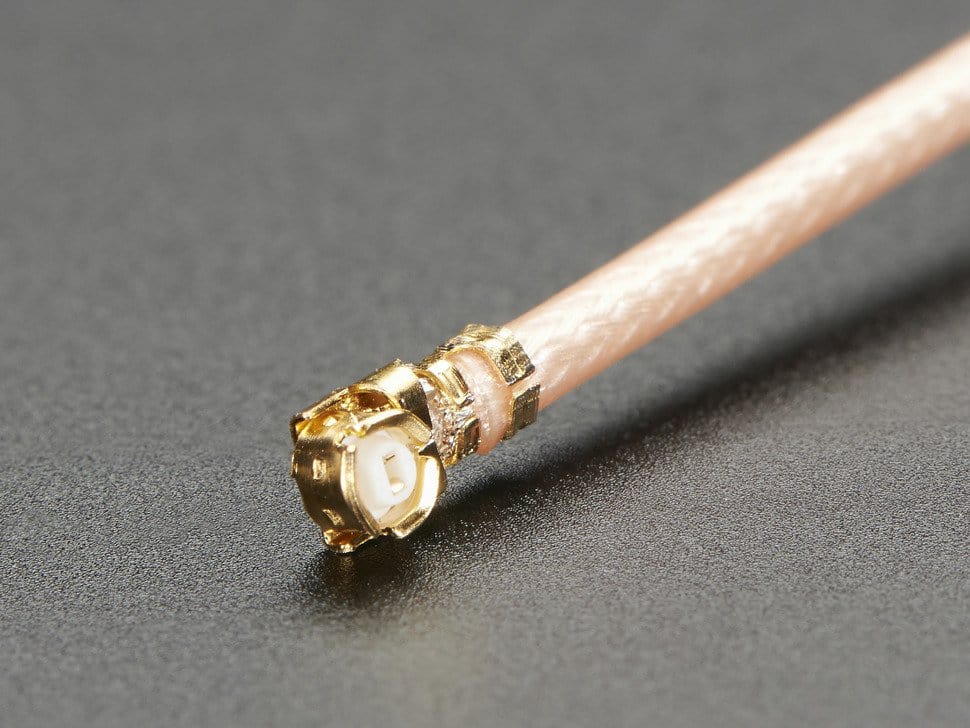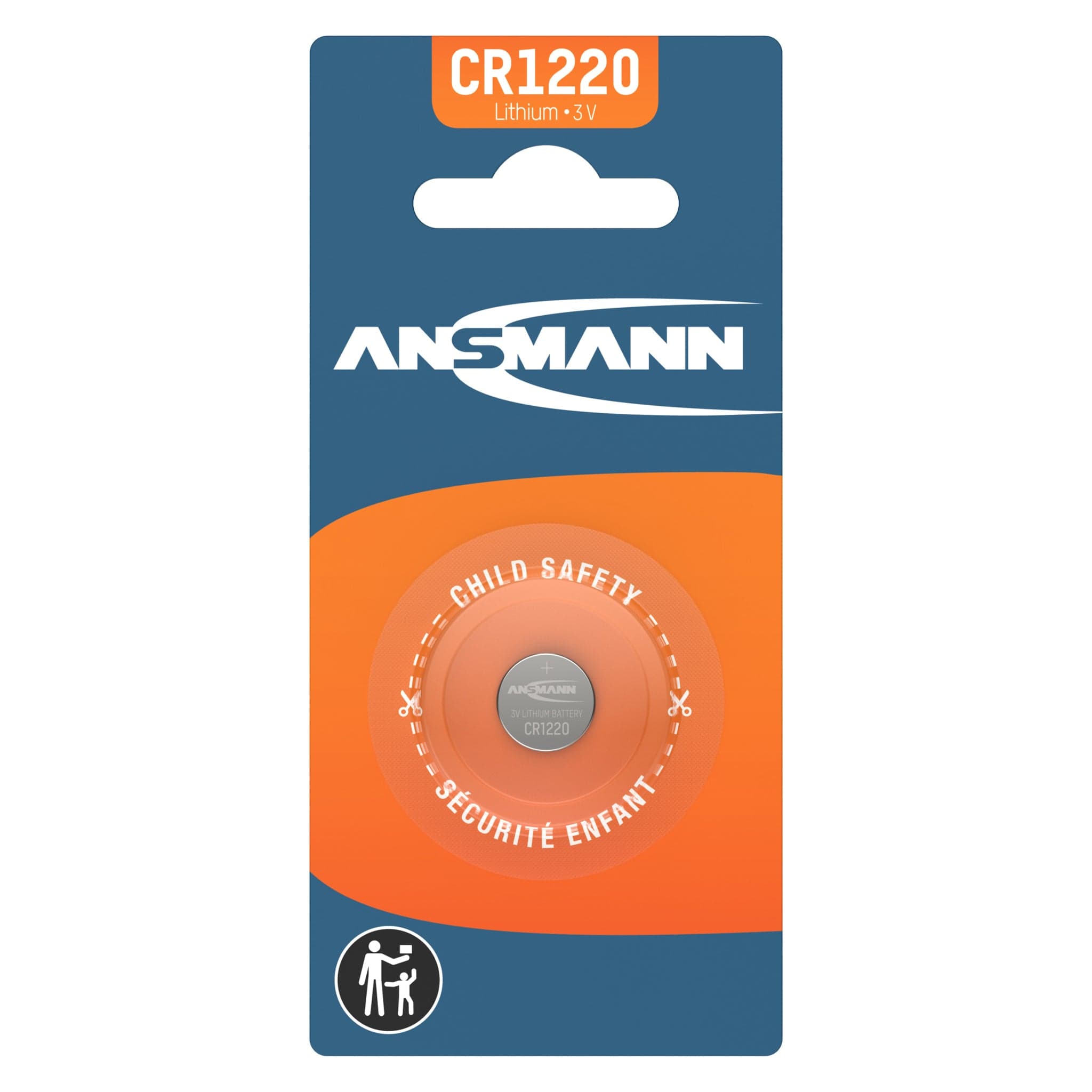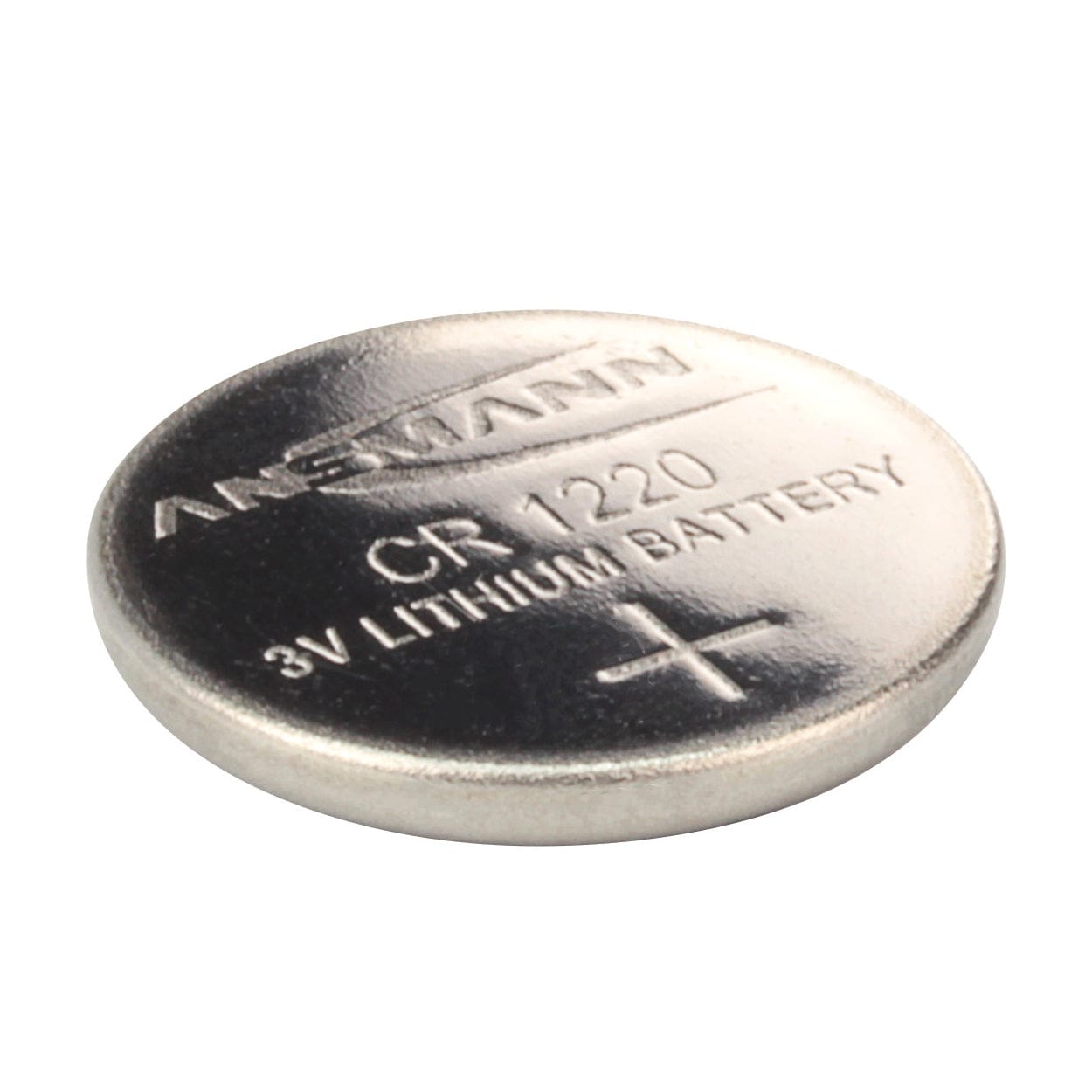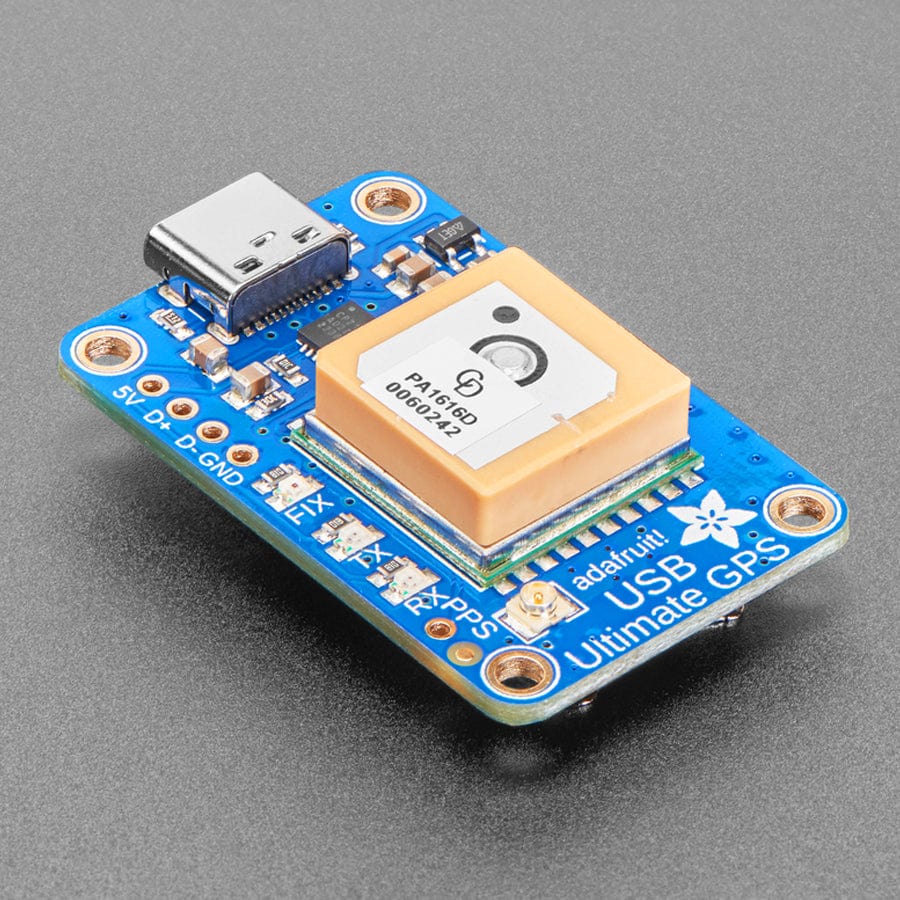
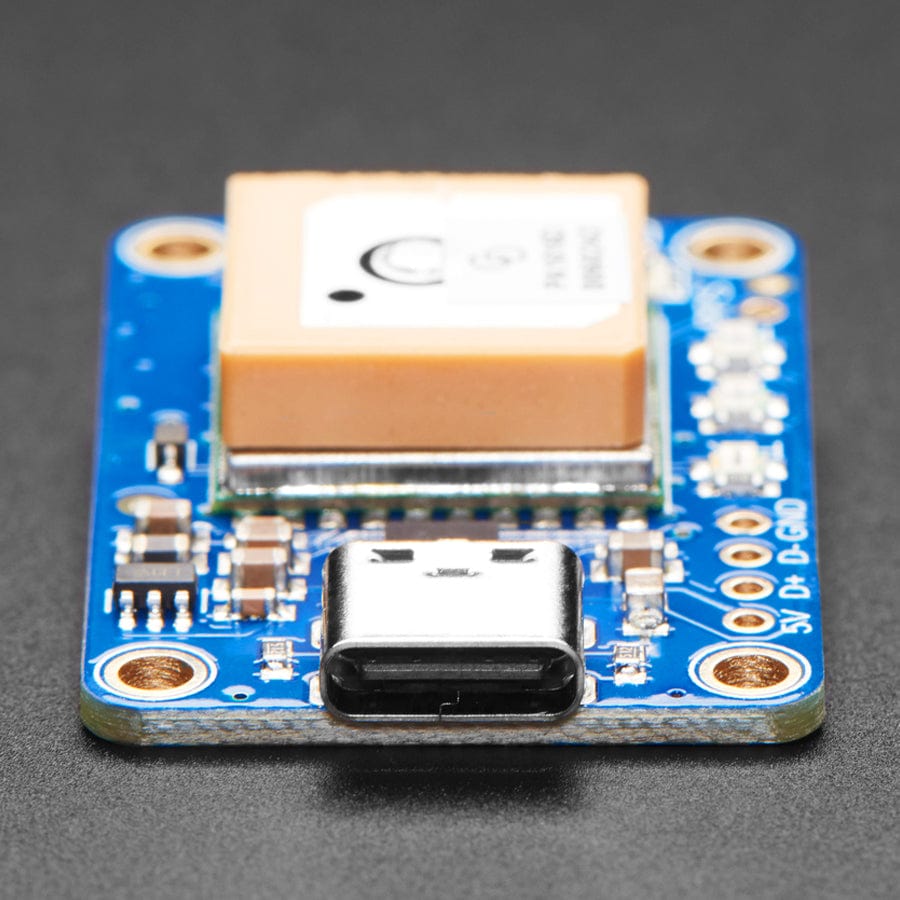
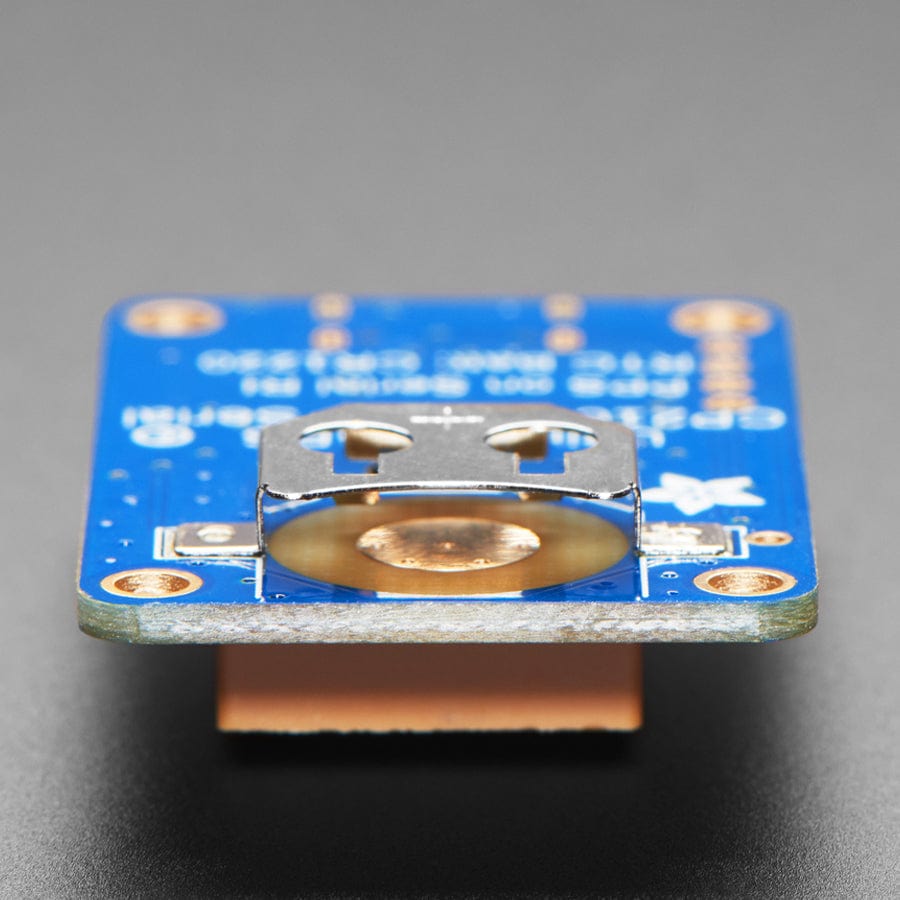
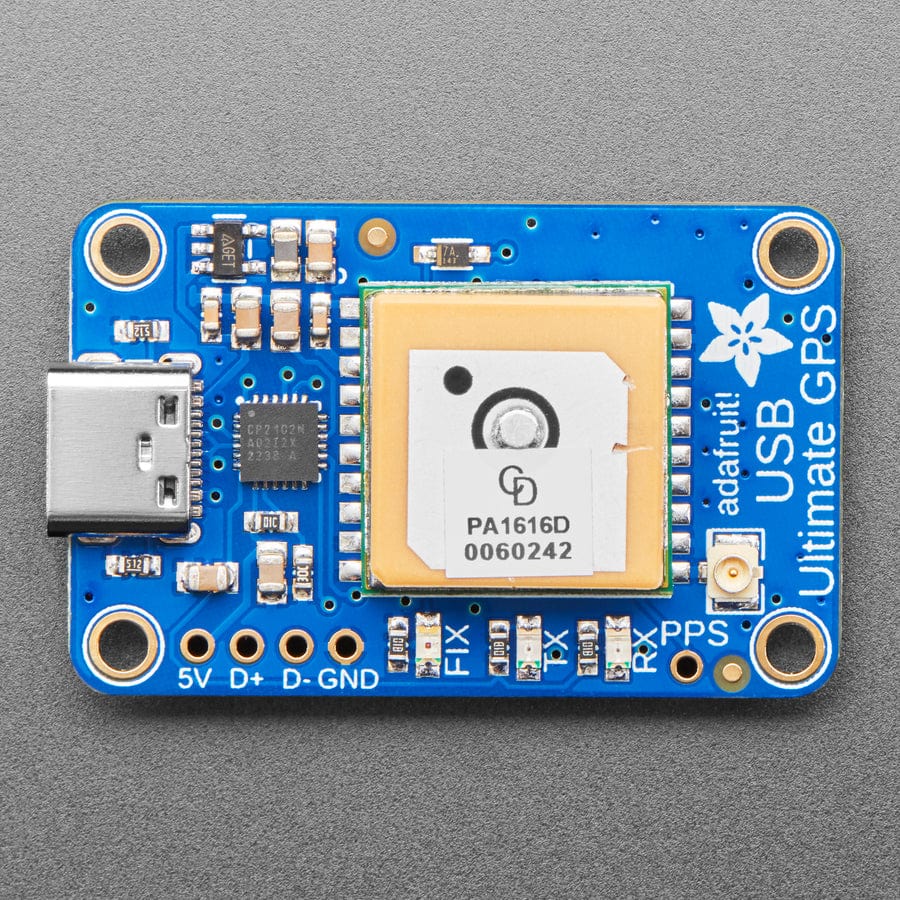
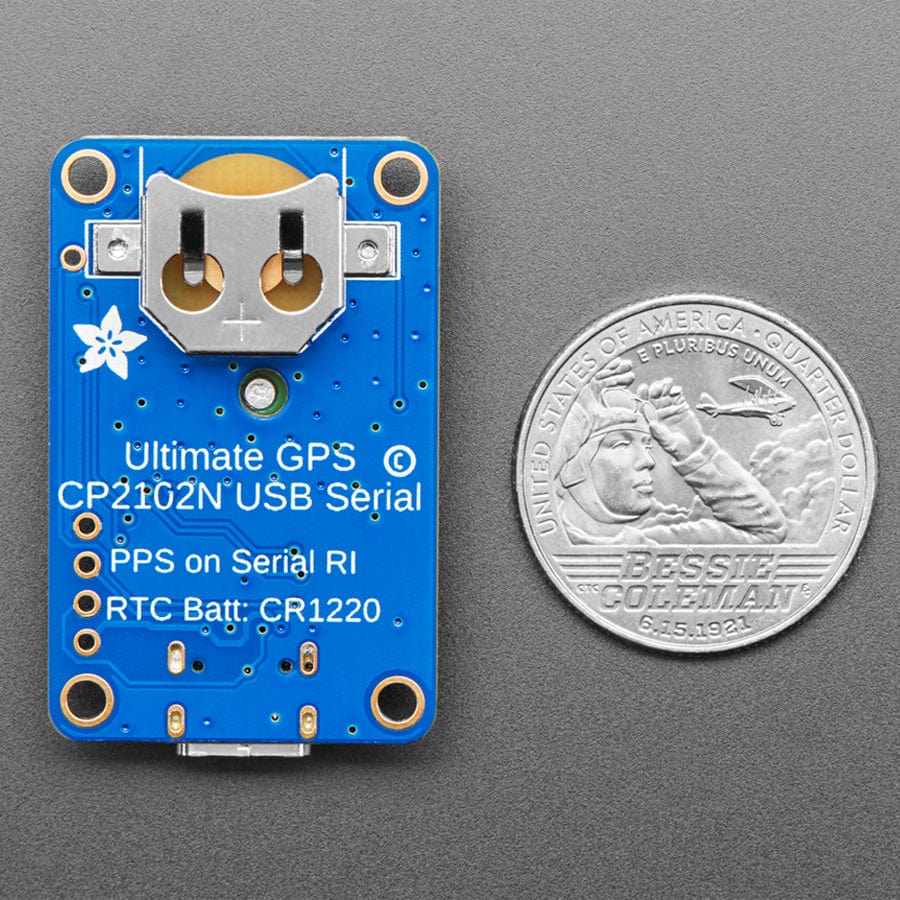
Login / Signup
Cart
Your cart is empty
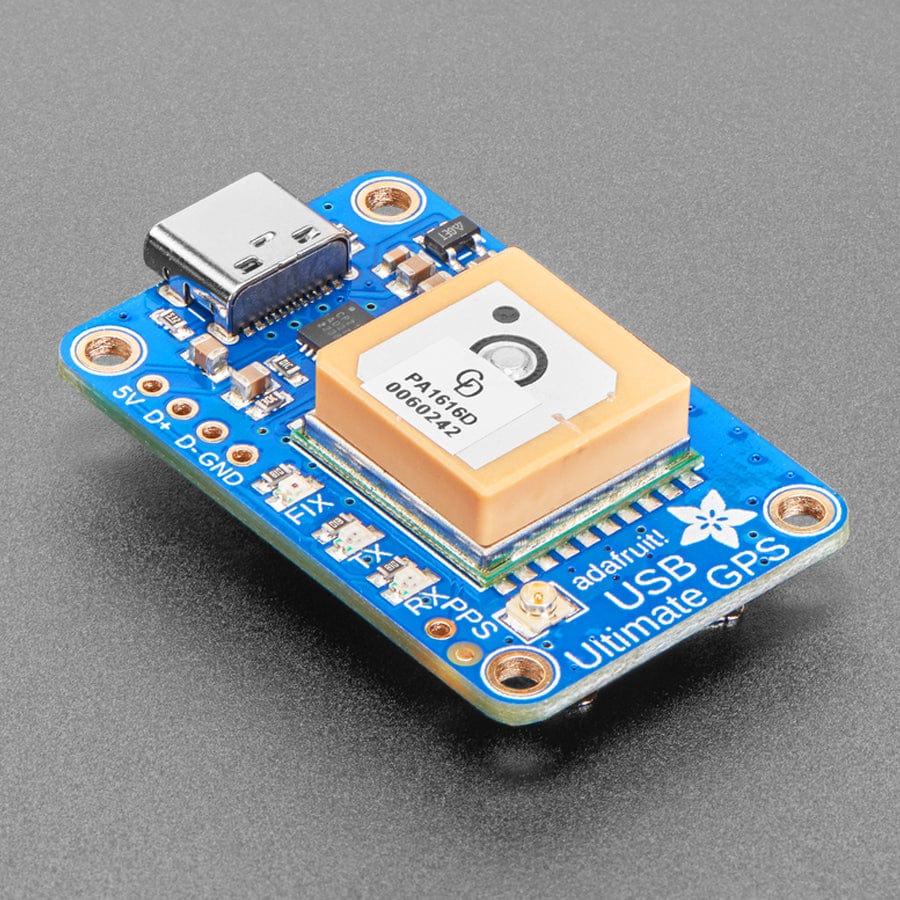
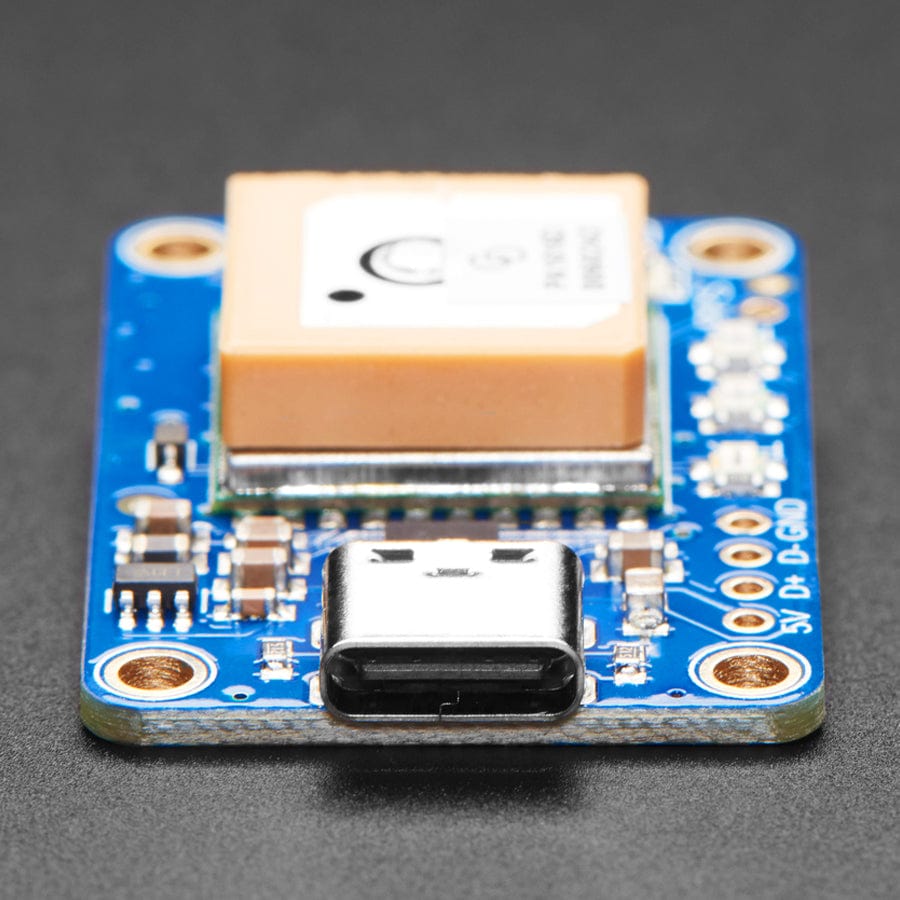
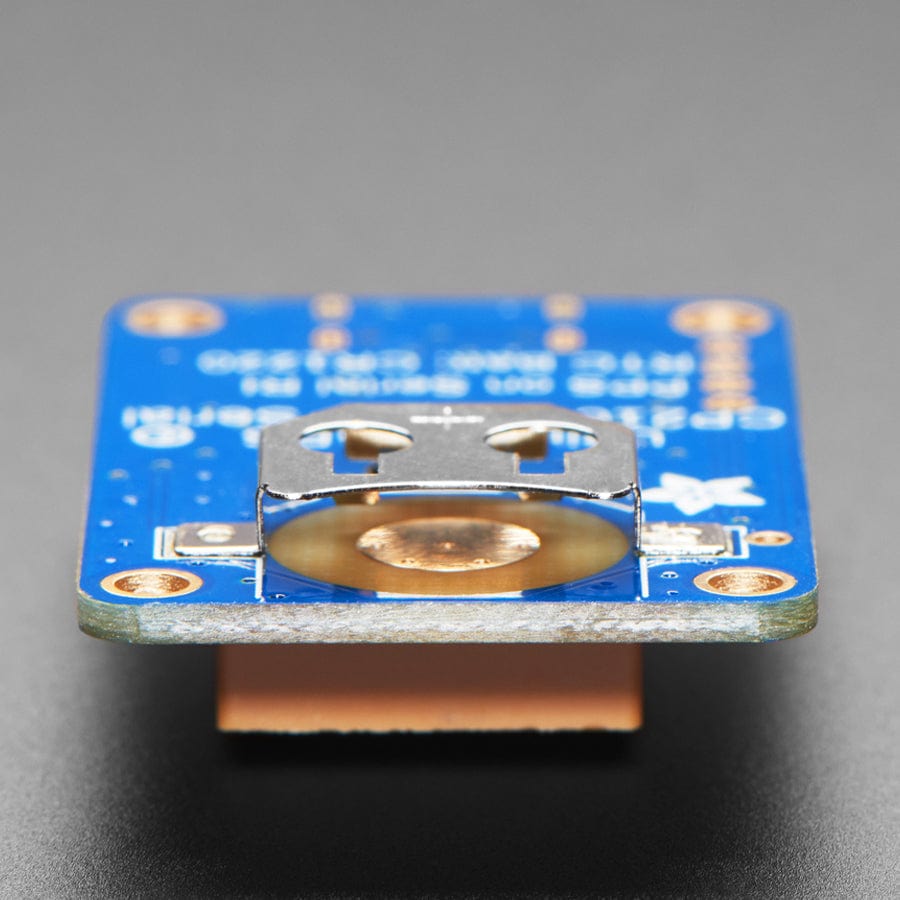
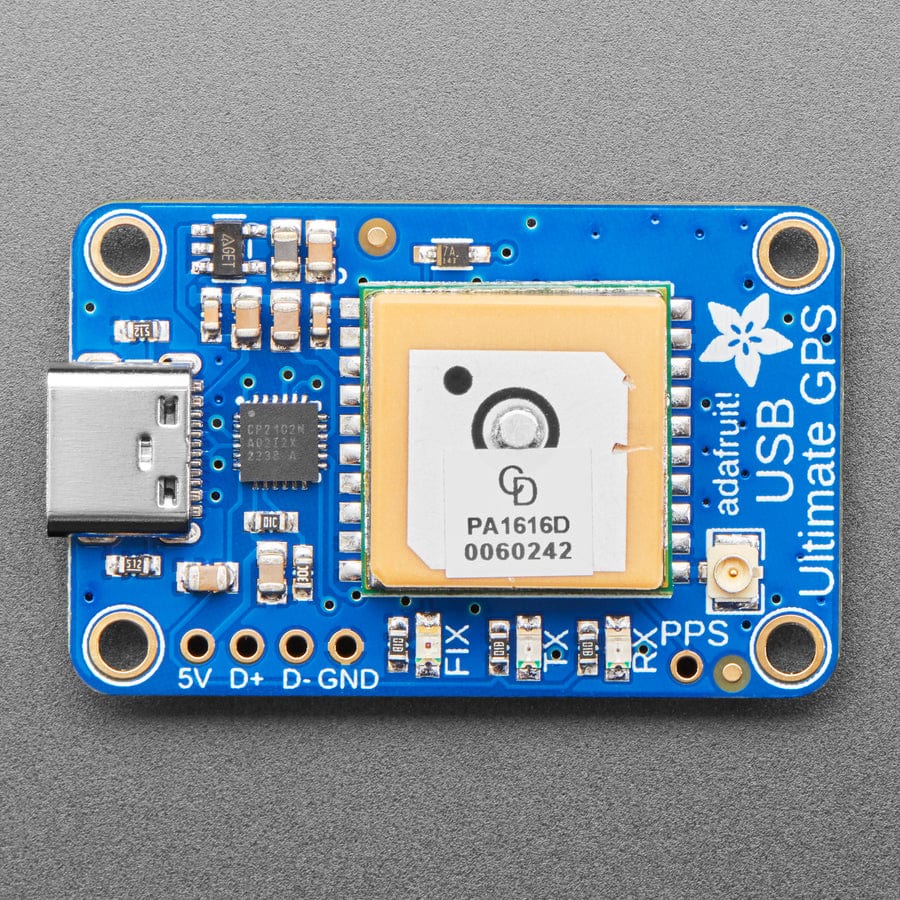
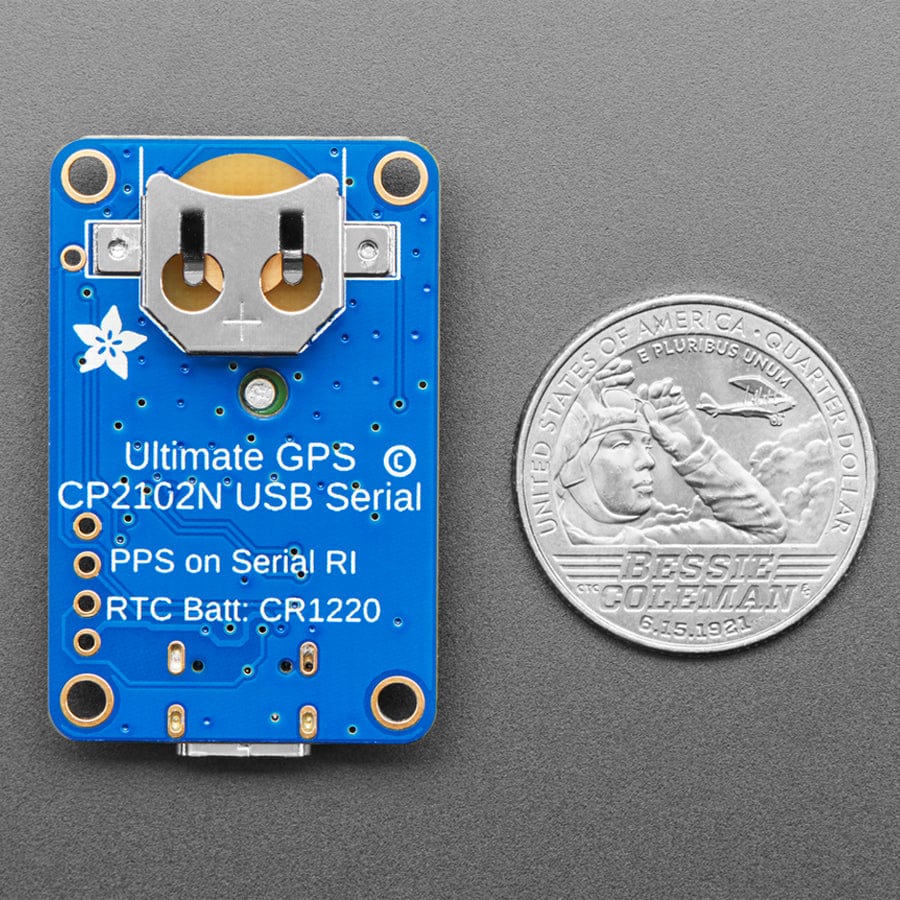
The breakout is built around the MTK3333 chipset, a no-nonsense, high-quality GNSS module that can track up to 33 satellites on 99 channels, has an excellent high-sensitivity receiver (-165 dBm tracking!), and a built-in antenna. It can do up to 10 location updates a second for high speed, high sensitivity logging, or tracking. Power usage is incredibly low, only ~29 mA during navigation.
Please note that as of July 2021, the original module we used was discontinued by the vendor. We found and are using a nearly identical version of the module - it's a little taller (4mm) but has the same functionality. The commands for querying the antenna have changed slightly so existing projects may need to update their firmware.
We added all the extra goodies you could ever want: 4-pin USB breakout for direct-soldering or connection to a USB host, two yellow receive/transmit LEDs let you know when data is being transmitted to or from the GPS module serial interface, a CR1220 coin cell holder to keep the RTC running and allow warm starts and a tiny bright red LED. The LED blinks at about 1Hz while it's searching for satellites and blinks once every 15 seconds when a fix is found to conserve power. If you want to have an LED on all the time, we also provide the FIX signal out on a pin so you can put an external LED on.
Two features that really stand out about the MTK3333-based module are the external antenna functionality and the built-in data-logging capability. The module has a standard ceramic patch antenna that gives it -165 dBm sensitivity, but when you want to have a bigger antenna, you can snap on any 3V active GPS antenna via the uFL connector. The module will automatically detect the active antenna and switch over! Most GPS antennas use SMA connectors so you may want to pick up one of our uFL to SMA adapters.
Comes with one fully assembled and tested module with CR1220 coin cell holder soldered onto the back. A CR1220 coin cell is not included, but we have them in the shop if you'd like to use the GPS's RTC
For use with a computer, use any GPS software or serial monitor software, at 9600 baud default serial rate. You will immediately get data on the serial port once it's plugged in. If you want to parse data within Python 3, we have example code for our CircuitPython library that uses pyserial.
As of January 3rd, 2024 – we've updated this PCB with Adafruit Pinguin to make a lovely and legible silkscreen and now has the coin cell holder soldered on.






